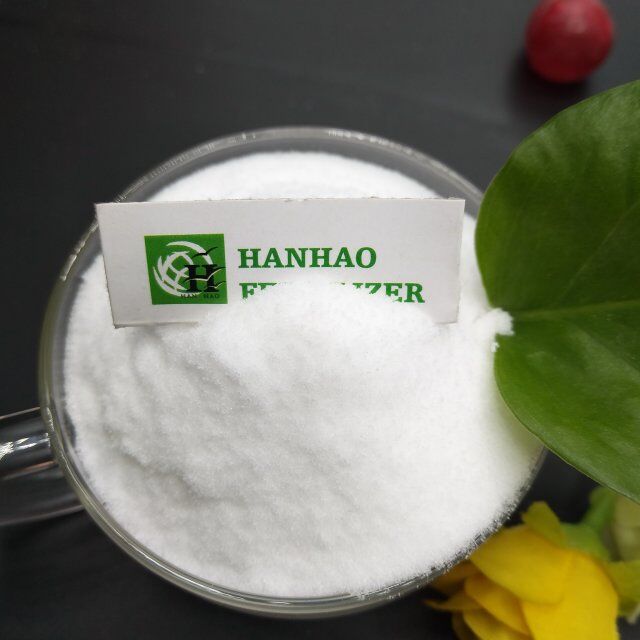
Dez . 26, 2024 01:01 Back to list
high quality npk fertilizer types
Exploring High-Quality NPK Fertilizer Types for Optimal Crop Growth
Fertilizers play a crucial role in agriculture by supplying essential nutrients to plants, enhancing their growth and productivity. Among the various fertilizers available, NPK fertilizers are particularly popular due to their balanced ratio of essential macronutrients nitrogen (N), phosphorus (P), and potassium (K). These nutrients are vital for plant health, each serving unique functions that support different aspects of growth. In this article, we will explore the various high-quality types of NPK fertilizers available, their applications, and how they can benefit modern agriculture.
Understanding NPK Fertilizers
NPK fertilizers are labeled with three numbers that represent the relative percentages of nitrogen, phosphorus, and potassium they contain. For instance, an NPK ratio of 10-20-10 indicates that the fertilizer contains 10% nitrogen, 20% phosphorus, and 10% potassium. Each nutrient has specific roles
1. Nitrogen (N) Essential for vegetative growth, nitrogen helps in the formation of chlorophyll, which is necessary for photosynthesis. It promotes healthy foliage and enhances overall plant growth.
2. Phosphorus (P) Crucial for energy transfer and storage, phosphorus supports root development and flowering. It plays a significant role in cellular functions, including the production of DNA and RNA.
3. Potassium (K) This nutrient helps regulate various physiological functions within the plant, including water uptake and enzyme activation. It is also instrumental in improving the plant's overall resilience to stress.
Types of High-Quality NPK Fertilizers
1. Granular NPK Fertilizers These fertilizers come in solid form and are easy to apply. They are often slow-release, providing nutrients over an extended period. This type is ideal for large-scale agricultural operations where uniform application is essential.
high quality npk fertilizer types

2. Liquid NPK Fertilizers Liquid fertilizers provide a quick source of nutrients and are often used for foliar feeding, where the leaves absorb nutrients directly. This method can quickly alleviate nutrient deficiencies and promote rapid growth, particularly in crops under stress.
3. NPK Controlled-Release Fertilizers These fertilizers are coated with a polymer that allows nutrients to be released gradually, corresponding to the plant's growth needs. This formulation minimizes nutrient leaching and optimizes nutrient uptake efficiency, making it a sustainable choice for modern agriculture.
4. Organic NPK Fertilizers Derived from natural sources, organic NPK fertilizers enhance soil fertility while providing essential nutrients. They improve soil structure and microbial activity, leading to improved nutrient availability. Additionally, they are environmentally friendly, making them a preferred choice for organic farming.
5. Specialized NPK Fertilizers These fertilizers are formulated for specific crops or growth stages. For example, NPK fertilizers designed for flowering plants may have higher phosphorus content to promote blooming, while those for leafy greens may focus on higher nitrogen levels.
Choosing the Right NPK Fertilizer
Selecting the right NPK fertilizer depends on various factors, including soil nutrient availability, crop type, and specific growth stages. Conducting a soil test can provide valuable insights into existing nutrient levels and help in making informed decisions. Moreover, understanding the growth requirements of specific crops is vital for selecting the appropriate NPK ratio.
Conclusion
High-quality NPK fertilizers are pivotal in ensuring optimal plant growth and agricultural productivity. With a variety of types available, farmers and gardeners can choose the most suitable formulations based on their specific needs. By understanding the roles of nitrogen, phosphorus, and potassium and leveraging the advantages of different NPK fertilizer types, agricultural practices can be enhanced, leading to healthier plants and higher yields. Embracing these modern fertilization techniques will not only benefit individual growers but also contribute to global food security in the long run.
-
Premium 8 12 16 Fertilizer – High-Efficiency Compound & Granular NPK Supplier
NewsJun.10,2025
-
High Quality Agricultural Grade NPK Fertilizer Manufacturer & Supplier Reliable Factory Price
NewsJun.10,2025
-
Organic Fertilizer for Corn Boost Yield Sustainably
NewsJun.10,2025
-
Organic Fertilizer for New Plants Natural Growth Boost & Eco Nutrients
NewsJun.10,2025
-
Optimized Hydroponic NPK Fertilizer – Fast Growth & Nutrients
NewsJun.09,2025
-
Top-Rated NPK Fertilizer for Fruit Trees - Boost Growth & Yield
NewsJun.09,2025
